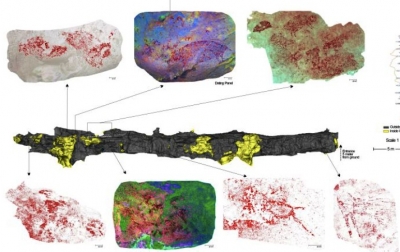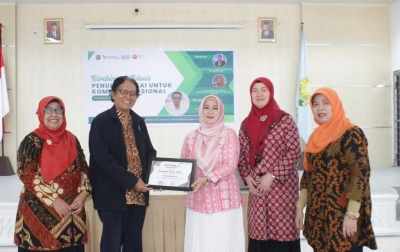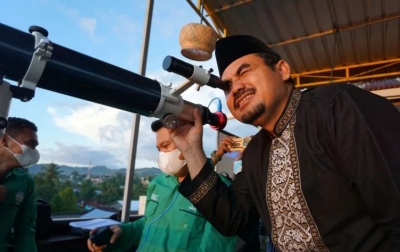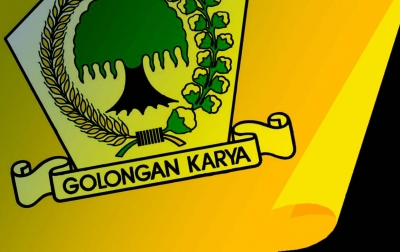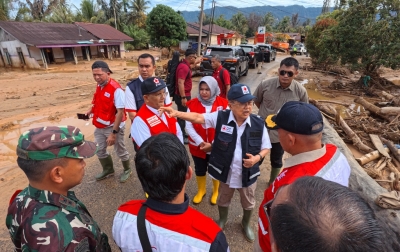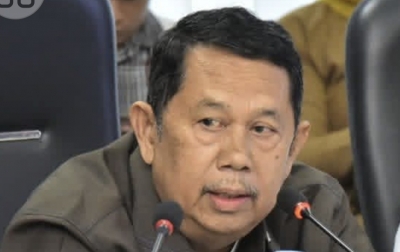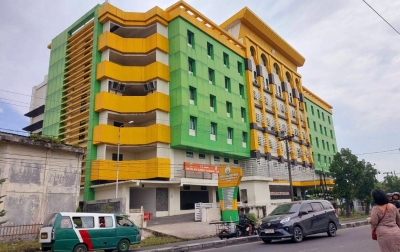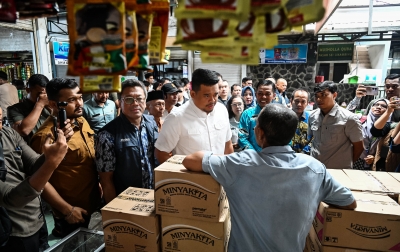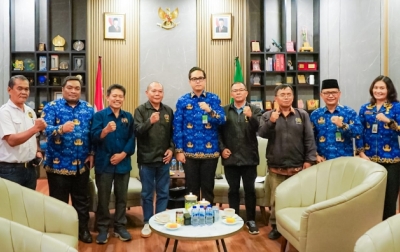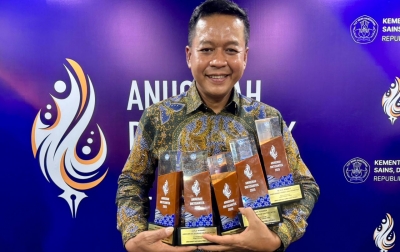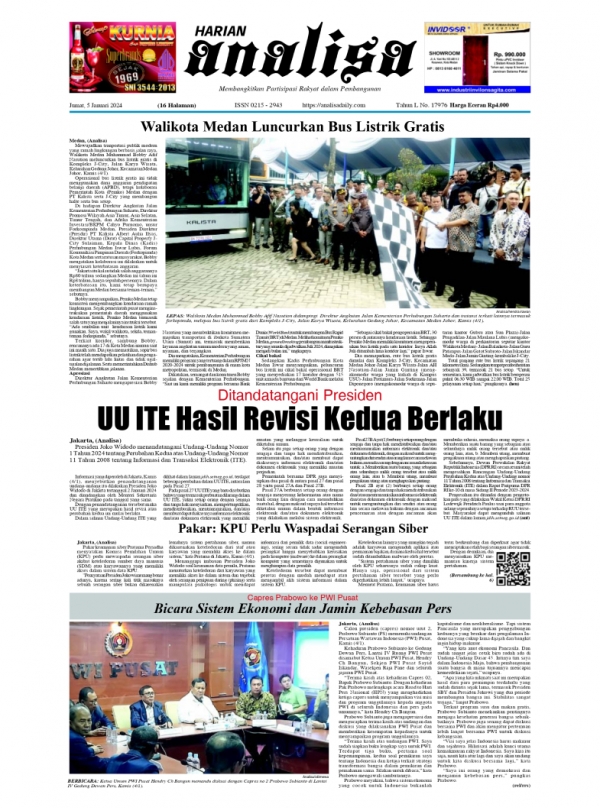
Seaweed. (Analisadaily/Istimewa)
Analisadaily.com, Jakarta - The National Research and Innovation Agency (BRIN) is developing a seaweed-based bioindustry innovation through integrated research from upstream to downstream at a research center in Lombok, West Nusa Tenggara.
The innovation aims to support the food, cosmetics, biomaterials, and bioenergy industries.
Head of the agency's Marine and Land Bioindustry Research Center, Fahrurozi, said that the research center has complete laboratory facilities.
It also has analysis tools, such as high-performance liquid chromatography (HPLC) and gas chromatography (GC), which can be used for research on different marine biota, including microalgae, seaweed, and sea cucumbers, he added.
"Why did we choose seaweed and sea cucumbers? Because of their great potential as raw materials for various innovative products in the bioindustry," Fahrurozi explained in a statement issued on Thursday, culled from
Antara.
At the Lombok bioindustry research center, he listed various seaweed derivative products that have been developed, including cosmetic products, nutraceuticals, biostimulants, biomaterials, and bioenergy.
Products such as seaweed yogurt, sea floss, sea tortillas, and cosmetics from
picoeritin extract are some of the innovations that are ready to be developed in collaboration with local industries and MSMEs.
Fahrurozi also highlighted the opportunity to develop highly nutritious biscuits from seaweed to prevent stunting in coastal areas.
In addition, BRIN is developing analog rice from seaweed, which is expected to serve as an alternative food substitute. The product is ready to be downstreamed and has been patented.
"We want to involve MSMEs and local industries in Lombok and NTB to support government efforts to improve public welfare and health. So, there are quite a lot of products that may be upscaled, developed later for the people of West Nusa Tenggara," he said.
As part of the downstreaming and international collaboration efforts, BRIN plans to establish the International Tropical Seaweed Research Center in Lombok.
The facility is expected to become a center for tropical seaweed research from seed development to downstream processes, with end products including biostimulants, food, nutraceuticals, and bioenergy.
The plan is expected to strengthen Indonesia's position as the second-largest seaweed producer in the world, with the potential of more than 12 million hectares of land that has not been fully utilized.
With its production reaching 9.6 million tons in 2022 and foreign exchange contribution pegged at US$400 million in 2023, seaweed is considered a strategic commodity.
Fahrurozi is optimistic that if research and downstreaming continue to be developed, the sector can open up new jobs and improve the economy of coastal communities.
"Seaweed is the future, its potential and uniqueness will help increase Indonesia's competitiveness in the global market," he said.
(ANT/BR)






